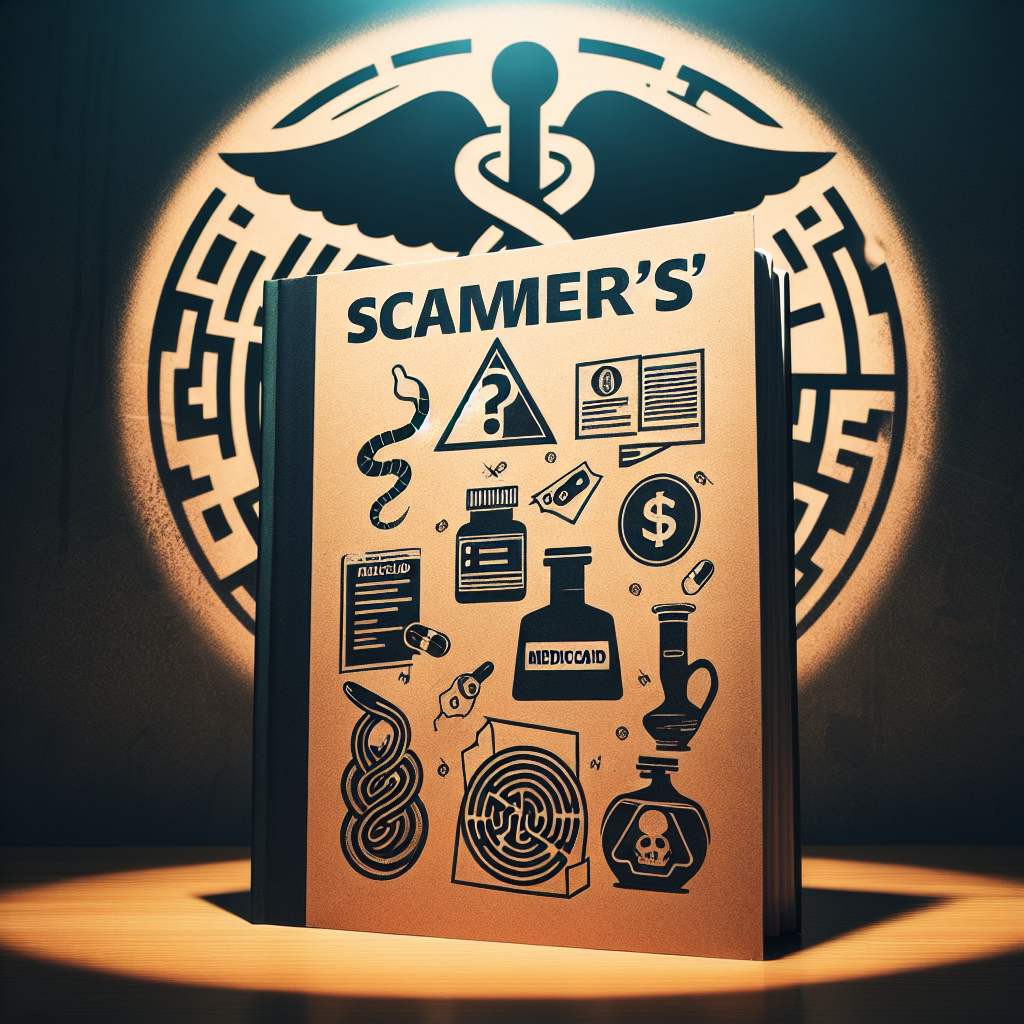Scammers’ Playbook: Exploring the Tactics Used in Medicaid Fraud
Introduction
Medicaid, a crucial safety net for millions of Americans, provides essential health coverage, particularly for low-income individuals and those with disabilities. However, alongside its many benefits, the program faces persistent threats from scammers seeking to exploit its complexities. In this article, we will delve into the various types of Medicaid scams, how they operate, and essential strategies to protect yourself and your loved ones. Whether you’re a caregiver, a beneficiary, or a concerned family member, understanding the landscape of Medicaid scams is vital to safeguard your health and finances.
What Are Medicaid Scams?
Medicaid scams can take many forms, ranging from fraudulent billing practices to identity theft. Essentially, these scams exploit the trust and vulnerability of beneficiaries and their families. These deceitful practices not only rob individuals of funds but can also lead to disrupted healthcare services at a time when they are most needed.
Types of Medicaid Scams
-
False Billing: One of the most common types of Medicaid fraud involves healthcare providers billing for services that were never rendered or overcharging for services that were provided. This can include billing for unnecessary treatments or procedures.
-
Identity Theft: Scammers often pose as legitimate healthcare providers to steal personal information from beneficiaries. They may ask for Medicare or Medicaid numbers, bank details, or social security numbers under false pretenses.
-
Unlicensed Providers: Some scammers operate without proper licenses, offering medical services that can jeopardize the health and safety of beneficiaries. They might advertise low-cost services that are far from legitimate.
-
Phishing Schemes: Fraudsters use phishing tactics to trick individuals into disclosing their sensitive information. They may send emails or texts disguised as Medicaid communications, luring recipients into clicking on malicious links.
- Kickbacks: This involves providers receiving financial incentives for referring patients to specific services or facilities, often without regard for the actual need or quality of care.
Notable Examples of Medicaid Scams
Several high-profile cases have drawn attention to the issue of Medicaid fraud. For instance, the case of a Michigan-based dentist who billed Medicaid for expensive procedures that were not performed garnered significant media coverage. These violations not only cost taxpayers millions but also highlighted weaknesses in the oversight of the program.
How to Recognize Medicaid Scams
The best defense against Medicaid scams is awareness. Here are some warning signs:
-
Pressure Tactics: If someone pressures you to give them personal information quickly or to enroll in a plan, be cautious. Legitimate providers will never rush you.
-
Unsolicited Offers: Be wary of unsolicited phone calls, emails, or visits from individuals claiming they can help you access Medicaid benefits.
-
Too Good to Be True: Offers that appear too good to be true—such as free medical supplies or guaranteed coverage—often are.
- Verify Credentials: Always check the credentials of a healthcare provider before accepting services or treatment.
How to Protect Yourself
Here are key strategies to prevent falling victim to Medicaid scams:
1. Stay Informed
Understanding your rights and the requirements of Medicaid can help you identify scams. Regularly review resources from the Centers for Medicare & Medicaid Services (CMS) and other official websites dedicated to combating fraud.
2. Protect Personal Information
Do not share your Medicaid number, social security number, or financial information with anyone you do not know or trust. Be cautious about unsolicited communications.
3. Report Suspicious Activity
If you suspect fraud, report it immediately. You can contact the Medicaid fraud hotline in your state and notify local authorities. Reporting scams helps protect others in your community.
4. Consult Trusted Sources
If you’re unsure about a situation or offer, consult trusted sources or family members. They can provide a second opinion on whether a situation seems legitimate.
5. Utilize Available Resources
To help you navigate the complexities of Medicaid and protect against scams, consider exploring resources dedicated to fraud prevention. For more insights and tools, Click Here to learn more.
Conclusion
Medicaid scams pose a significant risk to vulnerable populations, threatening both their financial stability and their access to essential healthcare services. By staying informed and vigilant, you can effectively guard against these deceitful practices. As a community, it’s vital to share knowledge and experiences regarding Medicaid scams, empowering everyone from beneficiaries to caregivers to rise above these threats.
Engage with credible resources and consider sharing this article to spread awareness about Medicaid scams. Together, we can foster a safer environment for those who rely on this essential health coverage.

